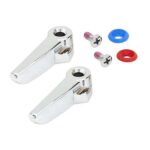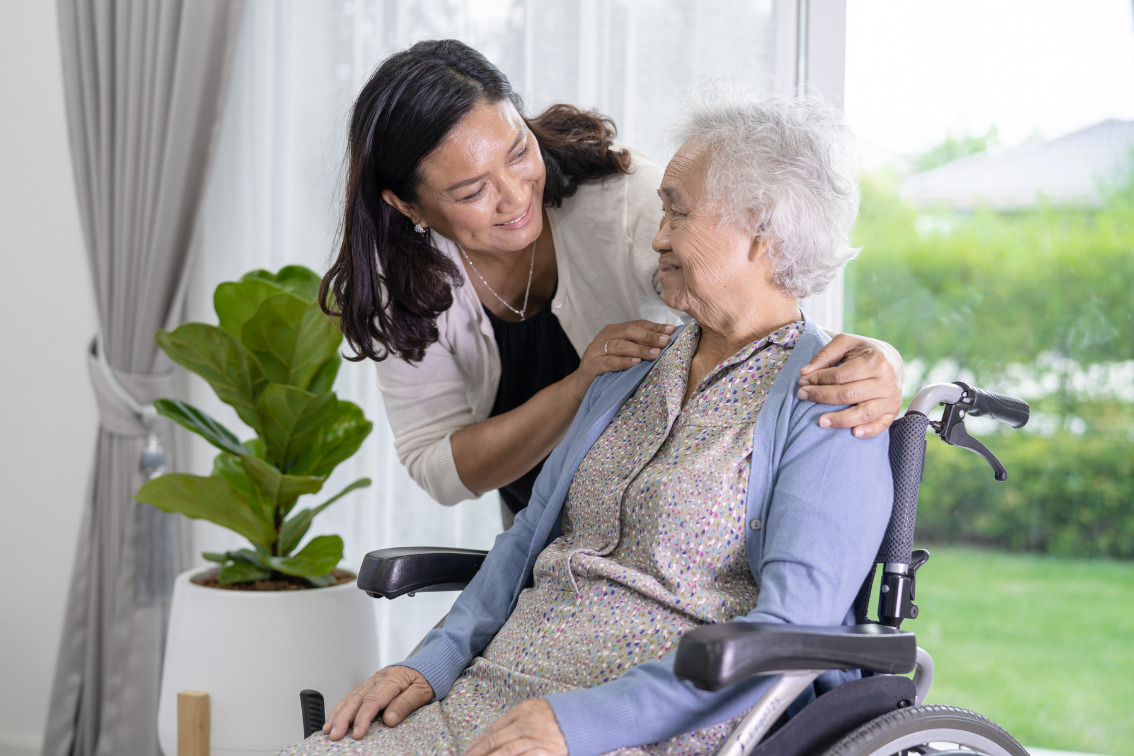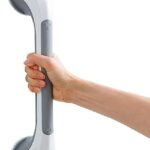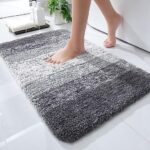*This post may contain affiliate links for which I earn commissions.*
Arthritis-Friendly Home Modifications: Create a Safer, More Comfortable Living Space
Living with arthritis means everyday tasks at home can become physically challenging. But your home shouldn’t be a source of stress—it should support your comfort, safety, and independence.
With the right arthritis-friendly home modifications, you can reduce joint strain, prevent accidents, and make life easier room by room. This practical guide covers easy, effective changes that can transform your home into a more accessible space.
1. Improve Lighting to Enhance Safety and Visibility
Poor lighting increases the risk of falls and makes navigating your home more difficult—especially when arthritis limits your mobility.
Here’s how to brighten your home:
- Use brighter bulbs in key areas like the kitchen, bathroom, and hallways.
- Install task lighting near desks, reading chairs, and food prep stations.
- Add motion-sensor lights to automatically illuminate dark hallways or bathrooms.
- Ensure staircases and entryways are well-lit to avoid tripping hazards.
2. Remove Barriers and Open Up Pathways
Mobility aids like canes or walkers require space. Even without them, clutter can be hazardous.
Try these tips:
- Declutter walkways and remove unnecessary furniture or décor that blocks movement.
- Widen doorways for easier wheelchair or walker access.
- Install ramps at entrances or over thresholds to eliminate steps.
3. Install Grab Bars and Handrails for Extra Support
If balance is an issue, handrails and grab bars are must-haves.
Install them in:
- Stairwells – on both sides if possible, for added stability.
- Bathrooms – next to toilets, tubs, and inside showers to prevent slips.
- Long hallways – especially if you get fatigued walking from room to room.
4. Organize Storage to Minimize Reaching and Bending
Joint pain can make bending or reaching difficult. Simple storage adjustments can help:
- Use labeled bins to keep essentials within arm’s reach.
- Move frequently used items to waist or shoulder height.
- Add pull-out shelves to cabinets so you can access items without crouching or digging.
5. Make Your Bathroom Arthritis-Friendly
Bathrooms are one of the most high-risk areas for people with arthritis. These upgrades can help:
- Place non-slip mats in the tub and on bathroom floors.
- Install a raised toilet seat to reduce pressure on knees and hips.
- Use a handheld showerhead for more control and easier washing.
6. Upgrade Your Kitchen for Easier Meal Prep
Cooking can be enjoyable again with the right arthritis-friendly kitchen tools:
- Ergonomic utensils with wide, cushioned grips.
- Electric jar openers to eliminate hand strain.
- Lightweight cookware that’s easier to lift and maneuver.
- Store essentials in lower cabinets or drawers to avoid overhead reaching.
7. Replace Round Knobs with Lever Handles

Round knobs can be difficult to grip. Lever handles are more joint-friendly and easier to operate.
- Switch to lever-style door handles throughout your home.
- Install lever faucets in the kitchen and bathroom to make turning water on and off effortless.
8. Choose Slip-Resistant Flooring
Slips and falls are a serious risk, especially if joint stiffness affects your gait or balance.
Recommended flooring changes:
- Use low-pile carpet or textured tile to improve traction.
- Secure rugs with non-slip pads or carpet tape to prevent bunching or sliding.
9. Adjust Furniture Height for Easier Access
Low furniture can be difficult to get in and out of. These simple changes can improve mobility:
- Add furniture risers to sofas or chairs for easier sitting and standing.
- Opt for firm, supportive chairs with armrests to assist with getting up.
10. Control Your Home’s Temperature for Joint Relief
Temperature changes can trigger arthritis flare-ups. A climate-controlled home can help reduce discomfort.
- Use heating pads or electric blankets to soothe stiff joints.
- Adjust the thermostat to maintain a warm, consistent indoor temperature.
- Use fans or air conditioning to reduce swelling on hot days.
Final Thoughts: Start Small, Stay Comfortable
Creating an arthritis-friendly home doesn’t require a full renovation. Start with the rooms or tasks that cause the most discomfort, and gradually add modifications over time.
Remember: your home should support your lifestyle—not limit it. For personalized recommendations, consider consulting an occupational therapist who can tailor suggestions to your specific needs.
By making small, thoughtful changes, you’ll gain more comfort, safety, and control over your environment—one room at a time.
Related Reads:
- Cleaning Your Home with Ease: Helpful Tips and Products for Arthritis Sufferers
- Top 10 Essential Products for Arthritis Relief: Your Complete Guide
🙋♀️ What’s made your home more arthritis-friendly? Share your tips in the comments to help others create safer, more comfortable spaces.








